What is it?
The Enyaq is Skoda’s take on the Volkswagen ID 4, a crossover battery-electric vehicle (BEV) based on the VW Group’s MEB electric platform, with batteries beneath the floor and, until a four-wheel-drive version arrives, a motor at the back.
Let’s deal with the numbers first, because this is a BEV so they end up dominating the description. The Enyaq is 4.65m long and 1.88m wide but looks bigger, and comes in two versions.
One has a 58kWh usable battery (62kWh gross), makes 177bhp and has a WLTP range of 256 miles. It weighs 1890kg. Mysteriously, Skoda calls this one the 60.
The other has 77kWh of usable battery (82kWh gross), makes 201bhp, has a WLTP range of 332 miles and weighs 2015kg. Skoda calls it the 80. Of course.
Both can be charged at up to 50kW as standard, with the 60 getting 100kW charge capability as an option, and the 80 a 125kW charge capability option.
The additional power of the heavier 80 makes it a smidge quicker on paper than the lighter 60 but we’re talking 8.4sec versus 8.2sec for the 0-62mph sprint, and the peak torque is 229lb ft from rest in either case, so from the lights, there’ll be nothing in it.
Shortly before the on-sale date, Skoda tweaked the Enyaq’s pricing to account for the government’s recent changes to the plug-in vehicle grant (now capped at £35,000), so all 60 versions fit under it and get £2500 off their £34-something-grand list prices, while all 80 versions are over it and obtain no discount on their £39k-£42k ones.
I’ve driven both here but we’ve already tested an 80, so we’ll major on the 60 this time around.
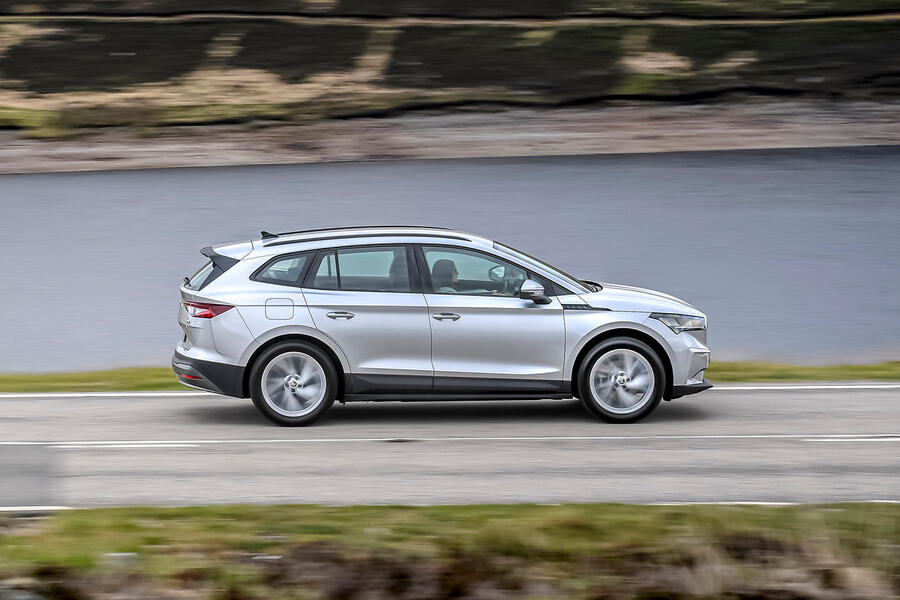


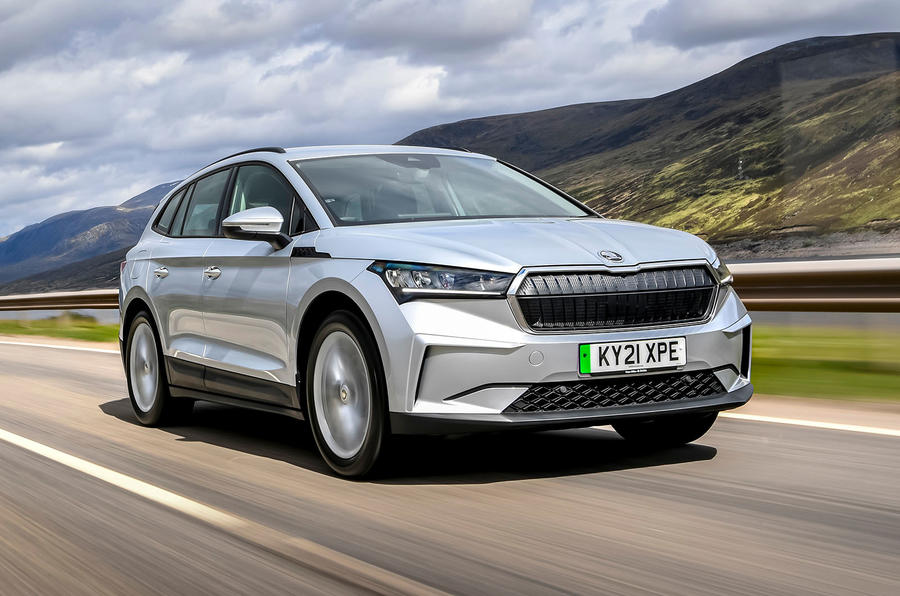
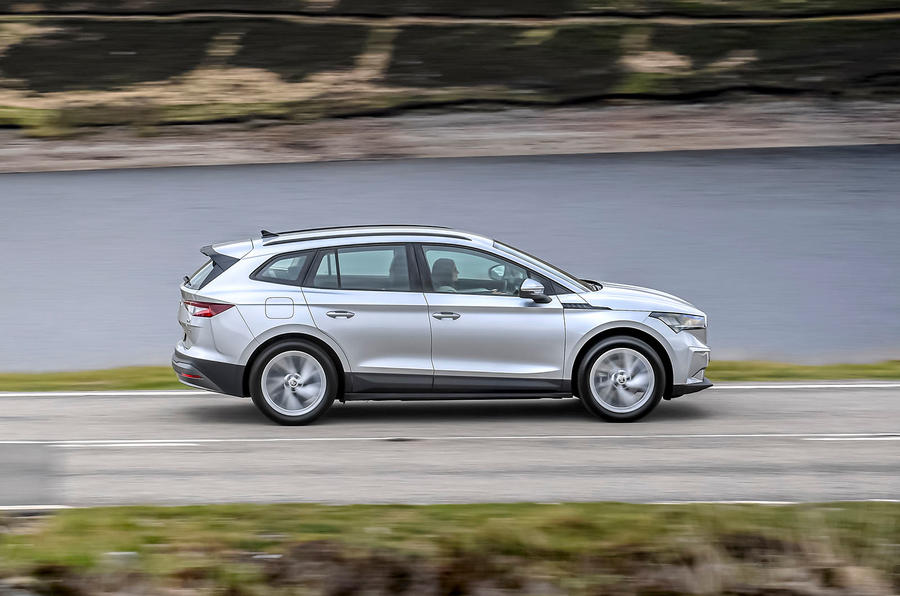

















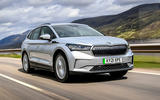



















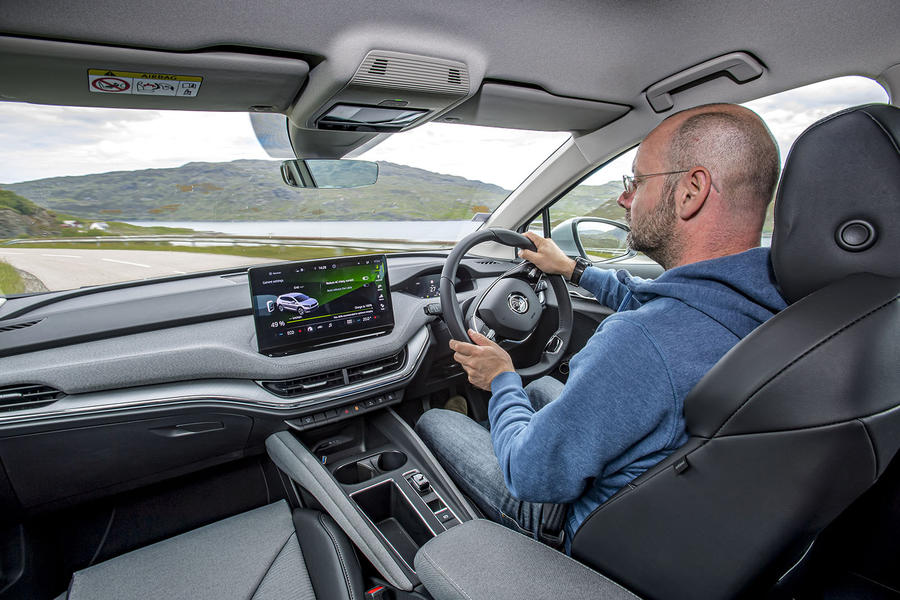






Join the debate
Add your comment
Elegant? I don't see that, it's dumpy and heavy looking, and I really don't like the fact that our roads are being filled with so many overweight family vehicles.
I think this is actually pretty good value considering how much it costs to develop new BEV platforms, even shared ones. Comparing today's prices with those from 20 years ago (adjusted for inflation) is interesting: take the Mk2 Mondeo of 2000; at today's prices that range would start at 24k (for the base 1.8LX) and go all the way up to over 42k. Cars back than had lower equipment levels and also had to meet much lower crash and emissions standards.
People have been complaining about new car prices as long as there have been cars!
I have done my research and with the miles per kwh of current EVs and current electricity costs its now dipped below break even so fleets drivers will end up subsidising their business mileage!
There are some special tariffs for charging EVs overnight like Octopus but the period is short and the rates unsustainable so wont be around long.
If the HMRC were told to set a more realistic rate it would substantially stimulate EV take up.